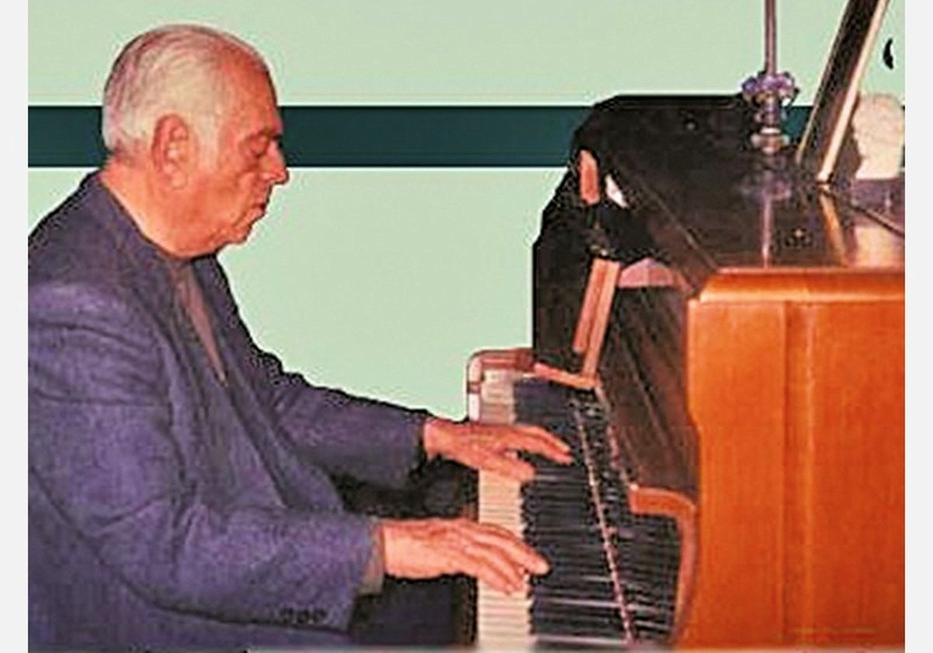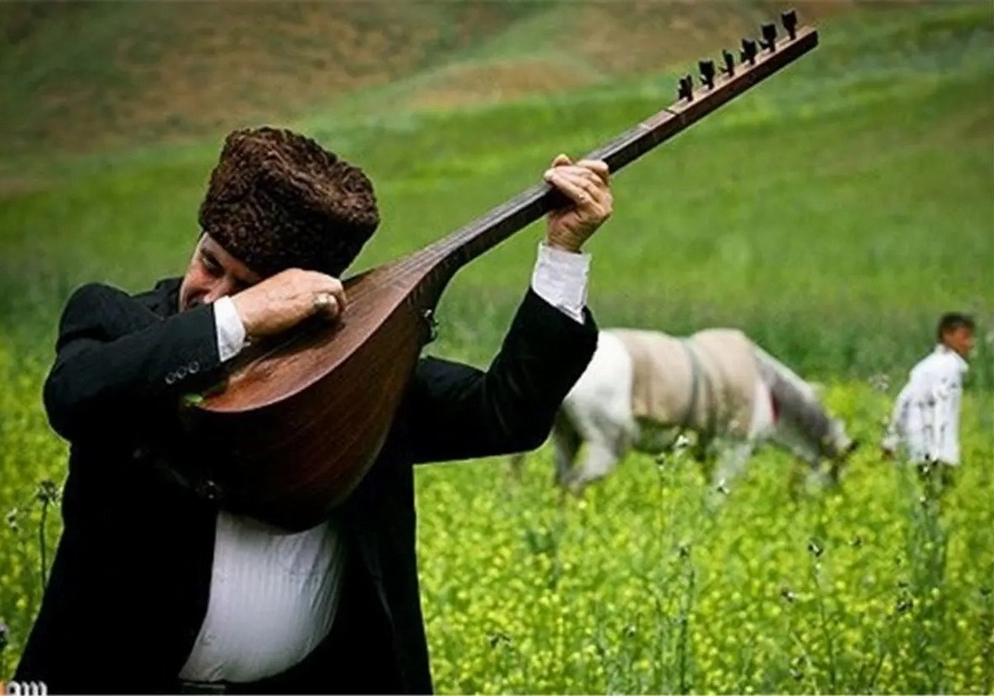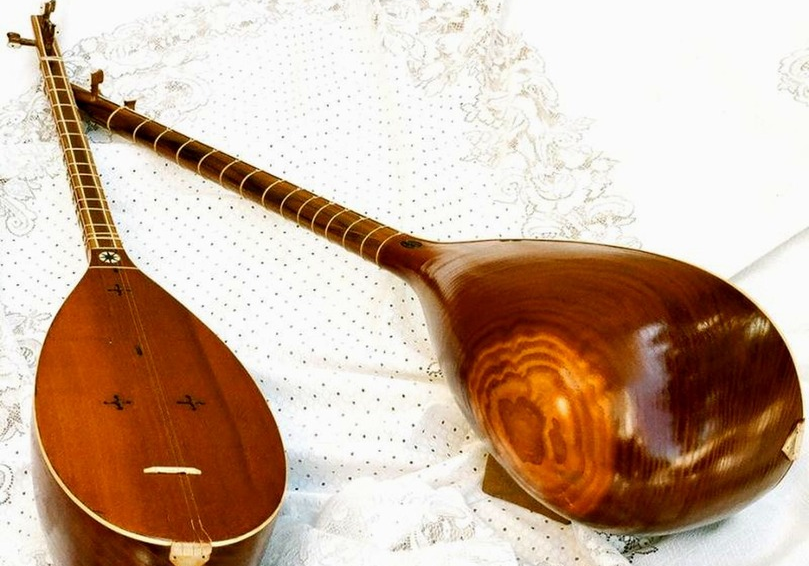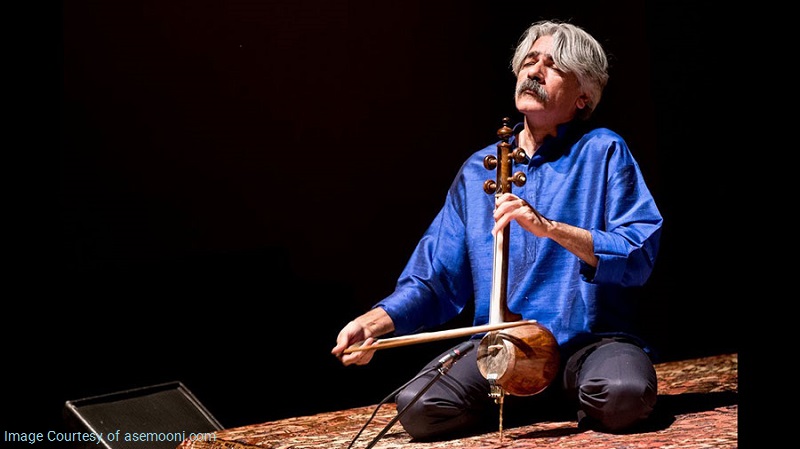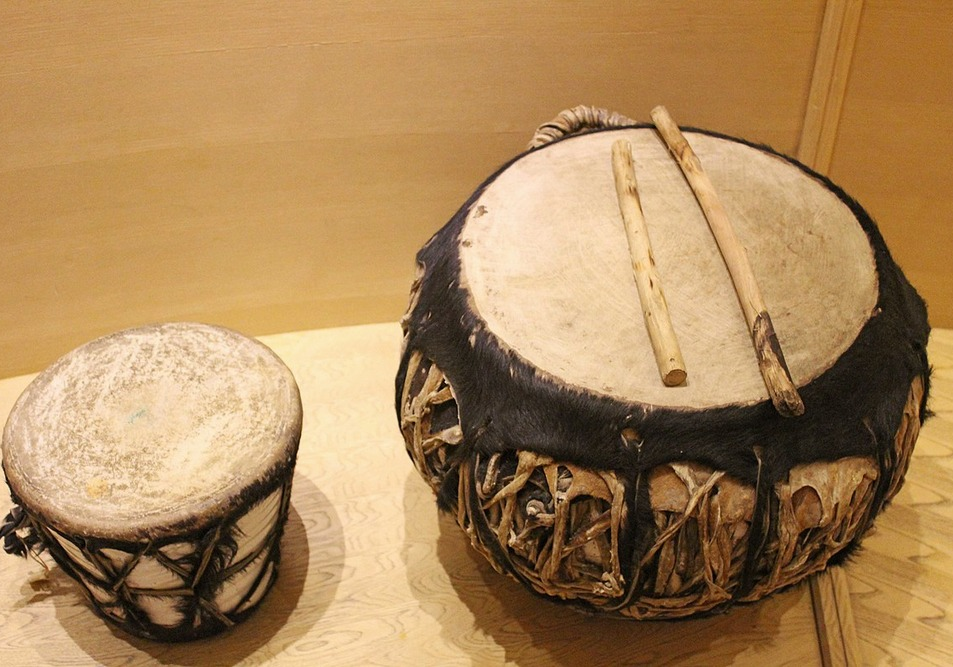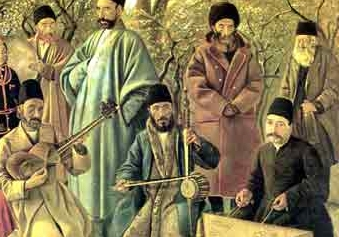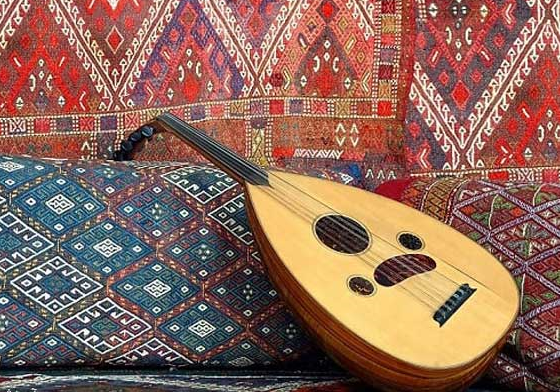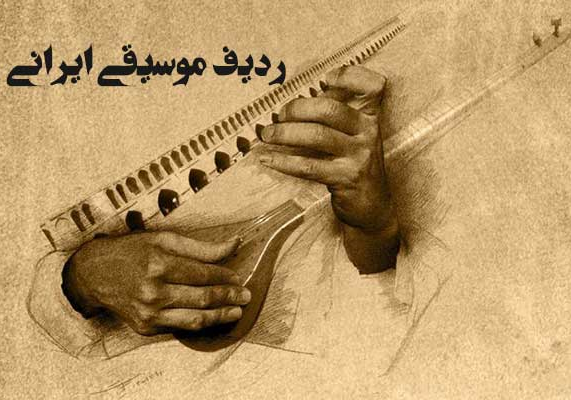
Dutar
Dutar
Cultural heritage is not merely limited to historical sites and objects and music is a cultural asset and heritage that has been orally passed from generation to generation and should be preserved.
Article 2 of the Convention for the Safeguarding of the Intangible Cultural Heritage adopted by the UNESCO General Conference in 2003 covers the following five areas:
(a) oral traditions and expressions, including language as a vehicle of the intangible cultural heritage;
(b) performing arts;
(c) social practices, rituals, and festive events;
(d) knowledge and practices concerning nature and the universe;
(e) traditional craftsmanship.
Music is one of the arts and techniques that can be included in all five categories. In this sense, this art has a special place. UNESCO also considers music to be one of the most significant and prominent elements of intangible cultural heritage, and most of the works inscribed as intangible world heritage on UNESCO’s List are related to this field. Among the intangible files of Iran inscribed on the UNESCO List, a significant number are related to music, including “making and playing the dutar”.
Features of Dutar
Among the instruments of Iranian folk music, dutar is one of the most important and oldest instruments. Researchers believe that the history of this instrument is very long and dates back to more than a thousand years ago. Dutar is a string and as its name suggests, it has two strings. In the past, when the technology of making fine strings had not yet developed, the lower-pitch string was obtained by twisting six layers, and the bass string was obtained by twisting eight layers of silk thread. Some musicians still use silk in their instruments and believe that the sound produced by silk-made strings is more original and elegant.
Dutar has a pear-shaped body of about 40 cm and a relatively long handle of about 60 cm. Dutar makers make the main body from blackberry wood and the handle from apricot or walnut wood. The performances made with this instrument are in the form of solo performance, together with a couple of other instruments, and/or accompanied by singing.
There are five main centers of dutar playing in Iran, in each of which the form of playing, the melodies used by the singer, and even the appearance and the technique of making dutar are different:
1. South Khorasan (centered on Birjand);
2. East Khorasan (mainly Torbat-e Jam, and also cities such as Bakharz and Khaf).
3. North of Khorasan (mainly Quchan);
4. Mazandaran; and
5. Golestan.
In the Golestan and Mazandaran provinces, playing dutar is more popular among Turkmen people. Even though the above-mentioned five regions are the main centers of playing dutar, this instrument is also played in other regions of Iran.
Dutar is an instrument that has found its way into different aspects of the life of some Iranian communities. It is not only used in mourning programs, celebrations, and weddings, but is also used in family circles and gatherings, and even for putting babies to sleep and entertaining children. Dutar and dutar playing is a part of Iran’s ethnic culture and history, and in this sense, its value is more than that of a mere musical instrument. Dutar players usually perform it simultaneously with singing. However, they cannot be considered mere performers of a few songs and singers of a few lines of poetry, rather “narrating” stories about history, culture, ethnicity, and beliefs is their main task. The proof of this statement is that Abdul Rahman Jami and Sheikh Ahmad Jami, who are held in high esteem by dutar players and their lyrics are adopted for their performances, are among the poles of Iranian mysticism.
The technique of making and the art of playing the dutar was inscribed in the name of Iran on the UNESCO List of Intangible World Heritage in the year 2019.
Among the instruments of Iranian folk music, dutar is one of the most important and oldest instruments and researchers believe that the history of this instrument is very long and dates back to more than a thousand years ago.
| Name | Dutar |
| Country | Iran |
| Type | String |
| Works | folk music |
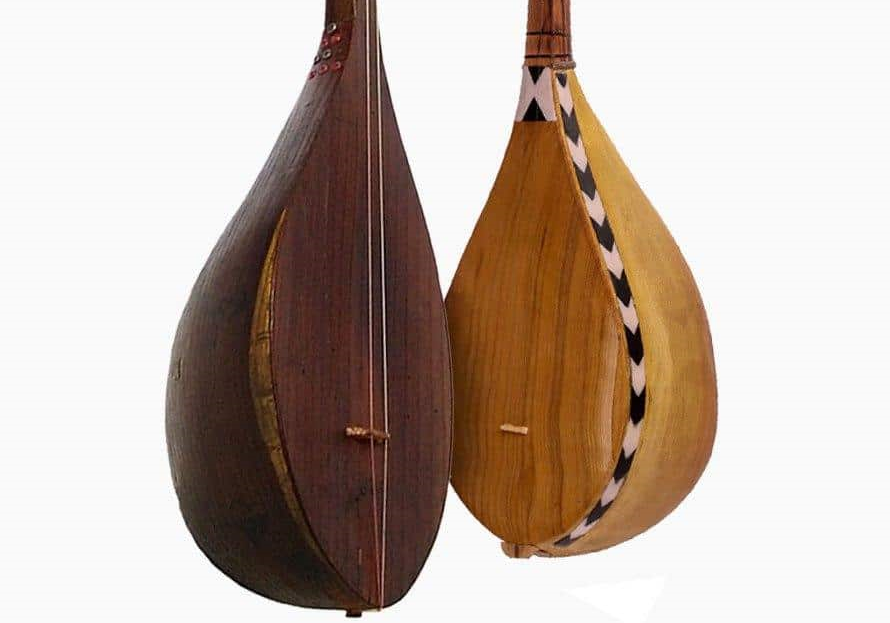
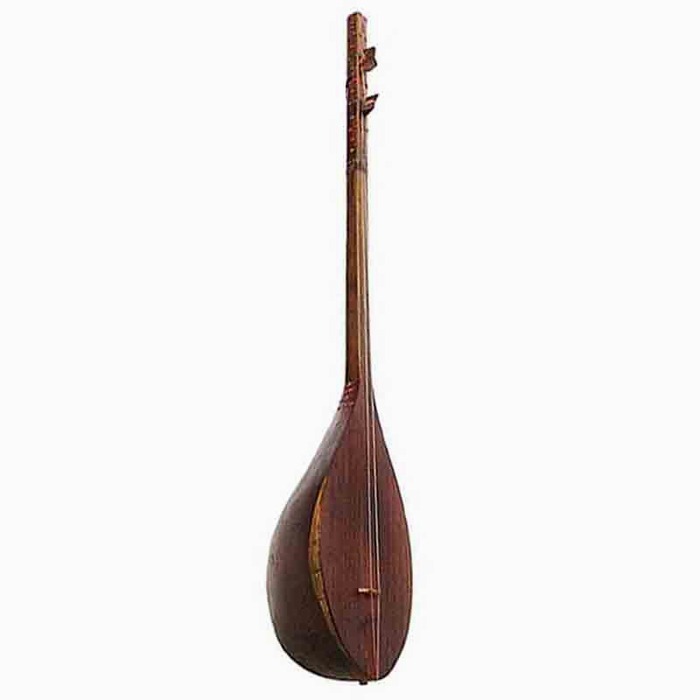
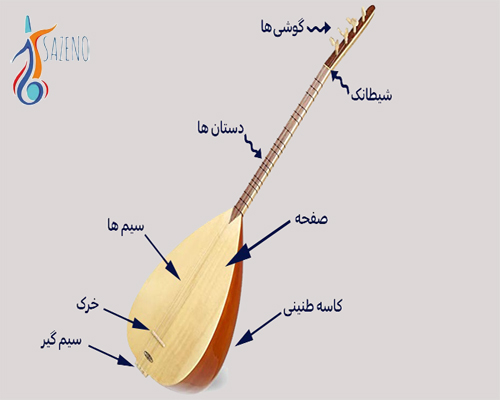



Choose blindless
Red blindless Green blindless Blue blindless Red hard to see Green hard to see Blue hard to see Monochrome Special MonochromeFont size change:
Change word spacing:
Change line height:
Change mouse type:

